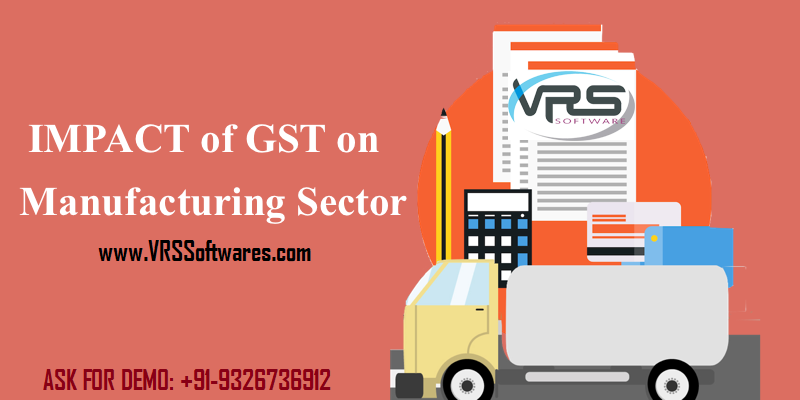VRS UNIERP Garment Manufacturing Software for Textile and Garment Industry
We are India’s to Garment Manufacturing Software providers in Thane Mumbai. India’s manufacturing sector is a major driver of the economy. Indian garment manufacturing companies have today attracted the world’s spotlight and are becoming major global competitors. Historically, India’s manufacturing sector has achieved significant milestones, from initial industrialization and licensing to liberalization and the current phase of global competitiveness. The Indian manufacturing sector was initially severely plagued by the complexities of the existing multifaceted tax structure. Indirect tax laws often cost significant administrative and compliance costs to the manufacturing companies.
The implementation of the Goods and Services Tax is therefore expected to provide the lagging garment manufacturing industry with a critical boost. A paradigm change from a complex multi-tiered tax structure to one that is coherent and consistent will be carried out by the GST.
The following are Few Shared Impact of GST on Indian Garment Manufacturing Industries –
Reduced Production Costs
Reducing production costs while ensuring a decent value for customers is a daunting challenge for all manufacturing companies. The proposed GST will reduce tax cascading and result in lower production costs. In addition, the current tax system does not allow central / union tax credit over government taxes and vice versa. This provision will be eliminated by the GST as unrestrictive tax credit is allowed.
Increased Labor Capital
In the new taxation system, there is no tax on asset sales. Once the GST has been implemented, however, stock transfers will be considered as supplies and will have a GST applied. It is likely to result in obstacles to cash flow, and so manufacturing companies may need to strategist their supply management plans in a way that minimizes the effect of cash flow.
Hassle-free Goods Movement
About 60% of the travel time of a truck is determined by state-border checkpoints as well as content inspection and location-based tax compliance. It is expected that the implementation of GST will unify the Indian market and ensure a smoother, unregulated flow of goods across the globe. The border walls can’t be expected to be demolished at once. Higher compliance review, however, is more likely to occur.

Restructuring of the Supply Chain
Indian GST’s three basic aspects – 1 percent additional tax on supply of goods, self-supply of goods and services, and input tax credit on inter-state sales – that create demand for supply chain structure restriction.The 2015 Constitution (100th Amendment) Act does not clearly distinguish between “supplying to oneself” and “supplying from person to person.” Clarity of supply is required from the GST Act, which can lead to the warehouse strategy being restructured. Tax credit on inter-state purchases of goods and services will also require warehouse re-engineering, which can remove an additional layer of supply chain warehousing.
Improved Compliance Requirement
Although the newly proposed implementation of GST provides a variety of advantages for manufacturing companies, it also has some drawbacks. As stated in the guidelines for place of supply of the OECD (Organization for Economic Co-operation and Development), GST is also expected to lead to a higher compliance requirement.
Area-based Exemptions
Production units in remote or backward areas benefit from tax exclusion depending on their positions. As per GST theory, the location-based exemptions are invalid as the whole country is considered a single market. With companies currently participating under this program, this could be a real concern. Learn more about GST-based area-based exemptions.
Petroleum Exclusion from GST
Five petroleum products – high-speed diesel, petroleum crude, motor spirit, aviation turbine fuel and natural gas – will continue to be subject to excise duty by the central government. The government of the state will continue to charge VAT on these petroleum products as well. Excluding petroleum products from GST would add costs to producers as they will not be credited with the excise of these goods under the GST system. This exclusion will significantly affect manufacturing industries that consume petroleum products as their main resource. Write Why could the absence of GST Petroleum be bad news?
All in all, with the introduction of India GST, the manufacturing sector is expected to benefit more than lose. Overall cuts in the cascading effect of taxes must have a positive impact on the value of manufactured goods.





